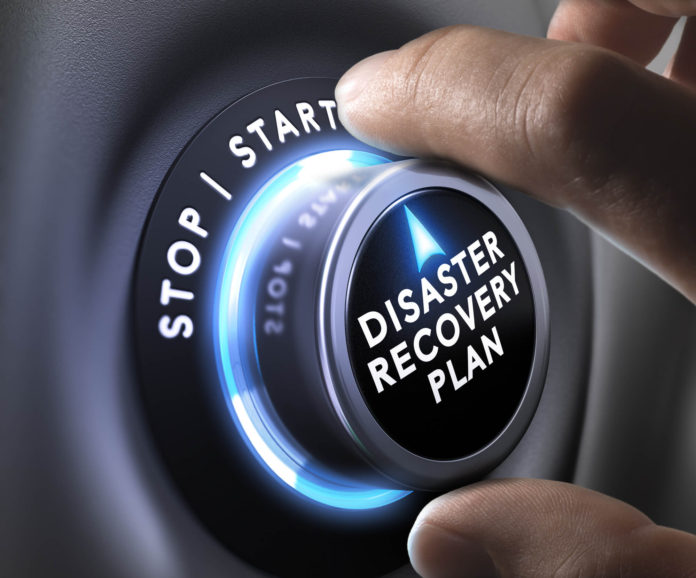Is your business among the 68 percent of small businesses in the United States that have no disaster recovery plan? If yes, it’s fair to say you’re courting trouble.
A disaster, be it natural or man-made, can bring your business to its knees. A good number of small businesses that experience an emergency or disaster that disrupts their operations takes at least three months to reopen.
Now, in business, three months out of the game is a long time. Your competitors will forge ahead and you might never reach them.
To prevent this, it’s vital to have a disaster plan in place.
But do you know how to go about building this plan? In this article, we’re telling you how to do just that. Keep reading!
Identify the Potential Disasters Your Business Faces
The first step to building an effective disaster preparedness strategy is to identify the kind of emergencies and disaster that could potentially strike your business.
Although every business faces unique challenges, there are disasters that are a common occurrence. Here’s a brief breakdown of these disasters.
Natural Disasters
When you set up a business, the last thing on your mind is a natural disaster – unless you live in an area that’s prone to weather disasters, or your business provides natural disaster prevention and restoration services.
However, whether your location is prone to natural disasters or not, you can never rule out that possibility. Sure, your business might be located so far away from the coastal areas that it’s impossible for a hurricane to hit you, but have you thought about the possibility of a severe windstorm or wildfire.
Once you’ve identified the natural disasters that could hit your location and thus your business, you’ll be in a stronger position to devise a prevention and recovery plan.
Power Outages
Did you know power outages are on the rise? On average, these outages cost the nation about $18 billion to $33 billion every year.
On the surface, a power outage might not seem like a disaster. After all, it’s commonplace for power to go out and come back after a couple of hours due to routine power line maintenance and repairs. However, a regular outage can gradually turn into days or weeks without power.
You have to plan for such times.
Perhaps you can purchase standby diesel generators or go solar.
Cyber attacks
We are living in the Digital Age, which means almost every businesses has digitized and automated their operations in some way.
For instance, you probably have a business website and a presence on various social media channels. Thumbs up, but by going digital you’ve also put your small business in harm’s way.
43 percent of cyber attacks target small businesses, largely because hackers know these enterprises don’t have the strongest firewalls. After a cyber attack, a whopping 60 percent of small businesses close shop.
Evidently, cyber attacks are a threat to your business, so you have to develop a cyber disaster preparedness and recovery plan.
Burglary
Depending on the level of security in your business location, burglary and theft can be one of your biggest disasters waiting to happen.
If a burglar successfully breaks into your business’ premises, they can make away with your inventory, as well as crucial office equipment such as computers and printers. This can leave your business crippled, especially if you don’t have adequate cash at hand to replace the lost items.
Besides burglary, employee theft is another issue facing small businesses. If one of your employees goes rogue, they can steal money and other valuables. Others can sabotage your business by intentionally corrupting software and other systems.
Take Appropriate Prevention Measures
Now that you have a fairly good idea of the disasters that could strike your business, the next step is to take appropriate prevention measures.
Some measures are simple and affordable, while others can be complex and costly to implement.
For an issue like burglary, for example, simple measures such as hiring security guards to man the gate to your premises and installing alarm systems will make a big difference. You can deter employee theft by conducting thorough background checks before hiring.
Bring a Disaster Management Specialist on Board
As a small business owner without disaster management expertise, there’s only so much you can do to develop a sold disaster plan for your enterprise. This way we said there are simple measures you can implement on your own, but the complex ones are best left to the right professionals.
A good example of a complex issue is cyber attack preparedness and recovery.
You need to hire an experienced cybersecurity professional to install the necessary firewalls and develop a data recovery plan. This professional can be in-house, but if you don’t have the budget, outsource to a cybersecurity firm.
Ensure the Disaster Plan Involves Employee Training
If your small business has employees, ensure your disaster management plan provides for comprehensive employee training, and here is why.
Disaster prevention and recovery is a team job. When something happens, you’re better off when everyone on your team knows how to respond to it.
You can conduct this training yourself or hire a training consultant to do the job. The latter is the better option because your employees get to learn from an expert.
Prepare Your Business for the Rainy Days
A single disaster, regardless of its nature, can put you out of business. The good news is there are steps you can take to prevent disasters and recover in case the worst happens. All you need to do is use the tips fleshed out above to develop a disaster plan.
Good luck and keep tabs on our blog for more tips and insights.

